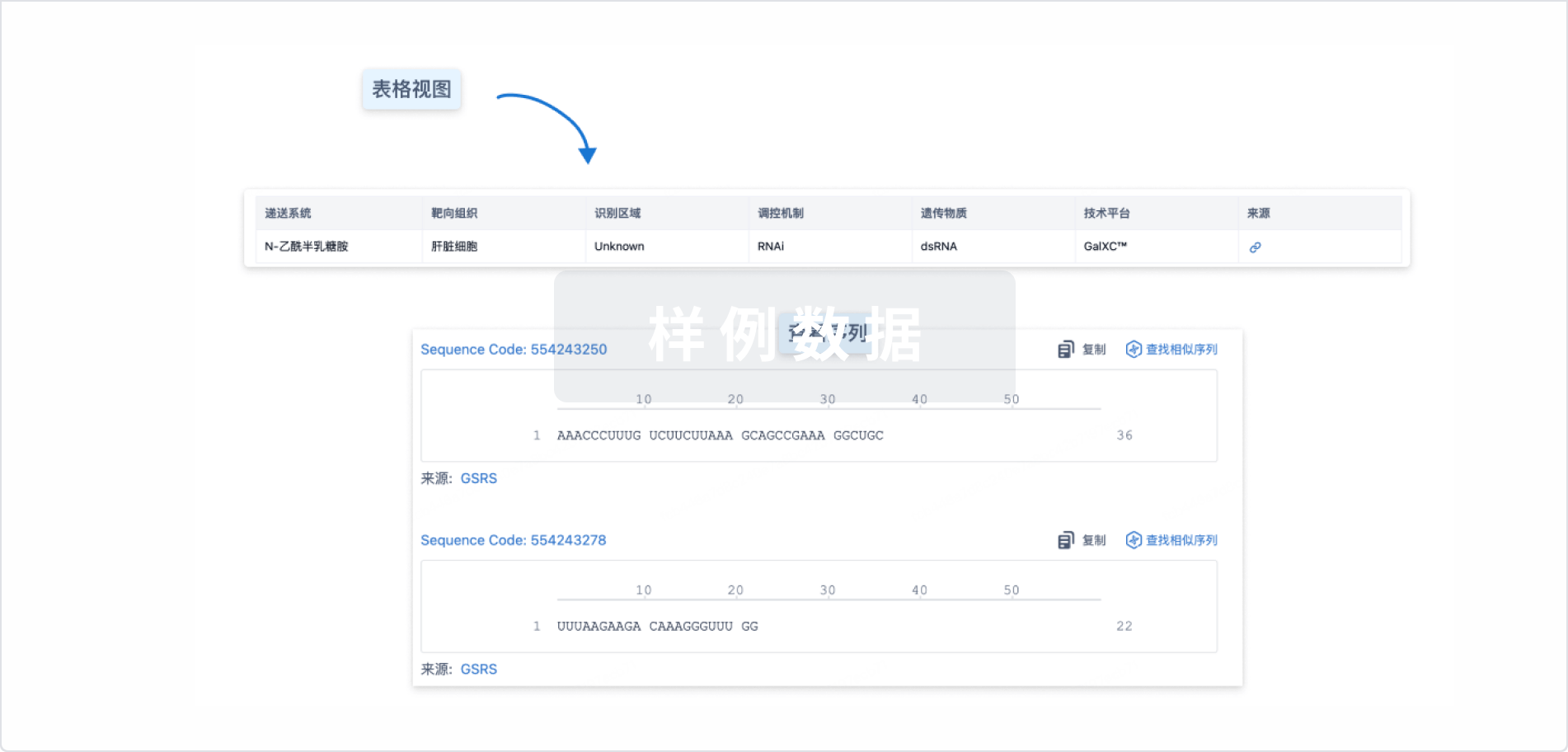Abstract:Controlled regulation of synaptic nicotinic acetylcholine receptors (AChRs) and acetylcholinesterase (AChE), together with maintenance of a dynamic balance between them, is a requirement for proper function of cholinergic synapses. In the present study we assessed whether pathological changes in AChR perturb this balance, and whether such changes can be corrected. We studied the influence of AChR loss, caused by experimental autoimmune myasthenia gravis (EAMG), on muscle AChE, as well as the reciprocal effect of an antisense targeted towards AChE on both AChR and AChE at the neuromuscular synapse. The extensor digitorum longus (EDL) muscles of EAMG Lewis rats were isolated, and AChE levels and isoform compositions were examined. Although AChE levels in the muscles of healthy and EAMG rats were similar, marked changes were observed in isoform composition. Healthy EDL muscles contained globular (G1,2, G4) and asymmetric (primarily A12) isoforms. G1,2‐AChE was significantly reduced in EAMG muscles, whereas both G4‐ and A12‐AChE remained unchanged. Treatment of EAMG rats with the antisense EN101 resulted in decreased total muscle AChE, with recovery in G1,2 and reduction in A12‐AChE. AChE/AChR ratios were determined at the neuromuscular junctions (NMJ). The decrease in AChR levels that occurred as the disease progressed resulted in a dramatic increase in this ratio, and a significant recovery towards normal ratios occurred after EN101 treatment. This improvement was primarily due to increased synaptic AChR content. Our findings emphasise the tight connection between AChR and AChE at the myasthenic NMJ, and the importance of the AChE/AChR ratio in maintaining the required cholinergic balance.









